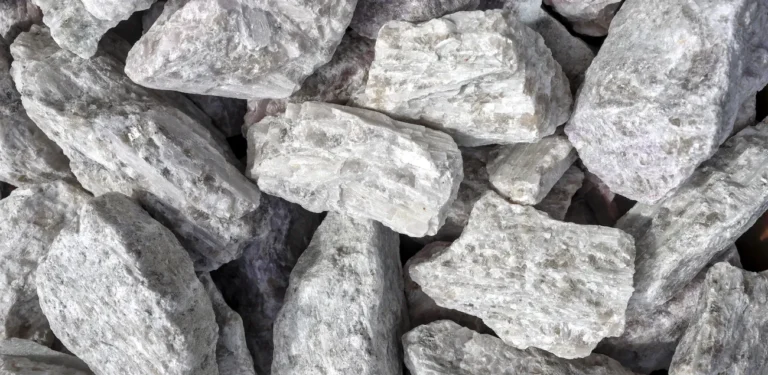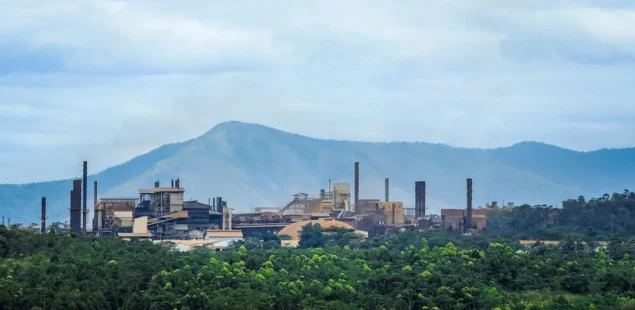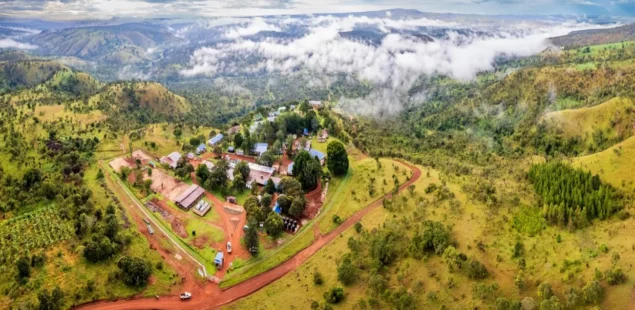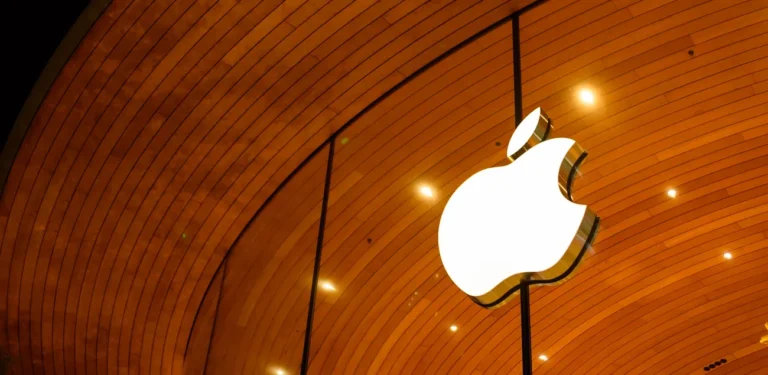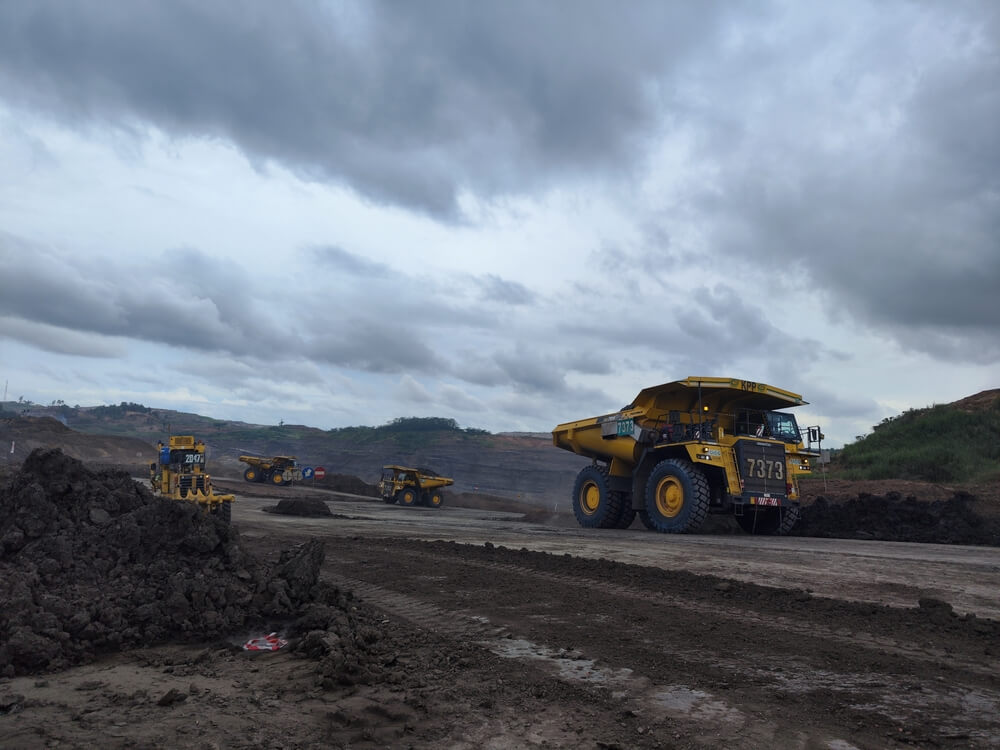
Tianqi Lithium, one of the largest global producers of lithium-ion battery materials, reported a worse-than-expected loss for 2024, driven by falling lithium prices, asset impairments, and foreign exchange losses. The Chengdu-based company disclosed in a filing to the Hong Kong stock exchange that it expects a net loss of 7.1 billion yuan ($978.3 million) to 8.2 billion yuan ($1.13 billion) for the year, compared to a profit of 7.29 billion yuan in 2023.
Despite a 3.5% dip in its stock price following the announcement, Tianqi’s shares recovered to trade 0.4% higher by midday on the Hong Kong Stock Exchange.
Tianqi’s 2024 loss was exacerbated by several factors, including a significant profit decline at its Chilean subsidiary Sociedad Química y Minera (SQM), unfavorable foreign exchange losses due to a stronger U.S. dollar, and impairments related to its decision to halt expansion of its lithium hydroxide plant in Kwinana Beach, Western Australia. The company reported total asset impairments of 2.16 billion yuan, including 1.41 billion yuan tied to the halted project. The Kwinana project’s second production line was paused as Tianqi focuses on developing a 30,000-ton capacity lithium hydroxide project in Zhangjiagang, Jiangsu province.
Lithium prices experienced a significant downturn in 2024 despite growth in Tianqi’s production and sales volumes of lithium compounds. Analysts expect prices to stabilize in 2025 as supply growth slows. HSBC projects battery-grade lithium carbonate prices to average $12.4 per kilogram in 2025, compared to $12.6 per kilogram last year and $35.9 per kilogram in 2023.
Tianqi’s loss exceeded analysts’ predictions of a 5.45 billion yuan deficit but is expected to rebound with a profit of 1.8 billion yuan in 2025 and 3.08 billion yuan in 2026 as lithium prices recover.
The company’s automated lithium hydroxide refinery in Western Australia, which started operations in December 2022, remains a cornerstone of its production capabilities. Chinese Premier Li Qiang visited the facility last year, underscoring its significance as the first of its kind in Australia.
